Made in SA
Cradle Of HumanKind: Birthplace Of The Human Race?
In 2021, the first parts of the skull and teeth of a Homo naledi child that died almost 250 000 years ago, at approximately four to six years of age, were unveiled at the Cradle of Humankind, 50km northwest of Johannesburg.
The remains were found in the remote depths of the Rising Star Cave in 2017, beyond the Dinaledi Chamber, the original site of the discovery of the first Homo naledi remains, revealed to the world in 2015.
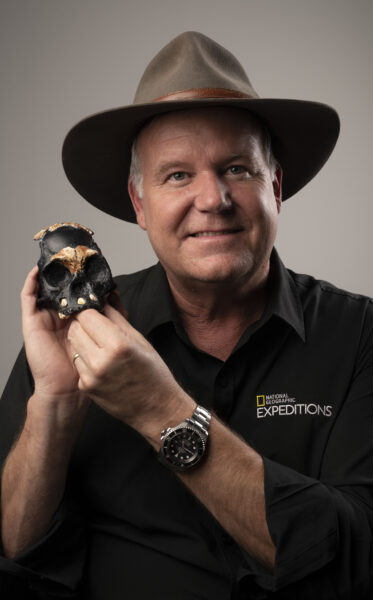
The discovery, by a team of international researchers, was led by Professor Lee Berger, the Phillip Tobias Chair in Palaeoanthropology and head of the Centre for the Exploration of the Deep Human Journey at the University of the Witwatersrand.
“The discovery of a single skull of a child, in such a remote location within the cave system, adds mystery as to how these many remains came to be in these remote, dark spaces of the Rising Star cave system,” says Berger.
Researchers named the skull of the child Leti, a Setswana word meaning “lost one”. It consists of 28 skull fragments and six teeth. Reconstructed, it shows the frontal orbits and top of the skull with some dentition.
“Homo naledi remains one of the most enigmatic ancient human relatives ever discovered,” says Berger. He adds that its presence at that time and in this place complicates their understanding of who did what first, concerning the invention of complex stone tool cultures and even ritual practices.
Tebogo Makhubela, a member of the geological team, says it’s not known how old Leti’s remains are. Based on preservation and proximity, Leti is probably about 241 000 to 335 000 years old, given the period of other fossils of Homo naledi discovered in the nearby Dinaledi Chamber during this time.
“This is the first partial skull of a child of Homo naledi yet recovered, and begins to give us insight into all stages of life of this remarkable species,” says Professor Juliet Brophy from the University of the Witwatersrand and Louisiana State University.
Historical Importance
According to the Cradle of Humankind, Africa is the birthplace of humankind, and hominin – the ancestors of modern humans – first emerged seven million years ago in Africa.

Nearly 2 000 individual fragments of more than two dozen individuals at all life stages of Homo naledi have been recovered since the discovery of the Rising Star Cave in 2013. The cave system has become one of the most prolific sites of discovery for hominin fossils in the world.
Berger says with ongoing work throughout the cave system, the team of researchers is hoping for further discoveries that are likely to shed more light on whether these chambers and passages are a burial ground of Homo naledi, as the team originally hypothesised.
“With the discovery of the first skull remains of a child of Homo naledi, we can begin to develop a better understanding of the growth and development of the species. The adult anatomy of Homo naledi is already among the best known for any ancient hominin species and Leti’s adds to our understanding of how this remarkable species ‘grew up’,” he says.
The last 12 years of significant discoveries have proven that this is where history began, says Berger, adding that this isn’t the last find as the team is busy with other discoveries.
He notes that the discovery is important because anything we learn about these species tells us more about our origins as human beings and where the burial rituals, for example, come from.
“The discovery of the Leti skull is further proof that Africa is the birthplace of humankind, and is significant of the unity and how the continent has grown us as humanity,” says Berger.
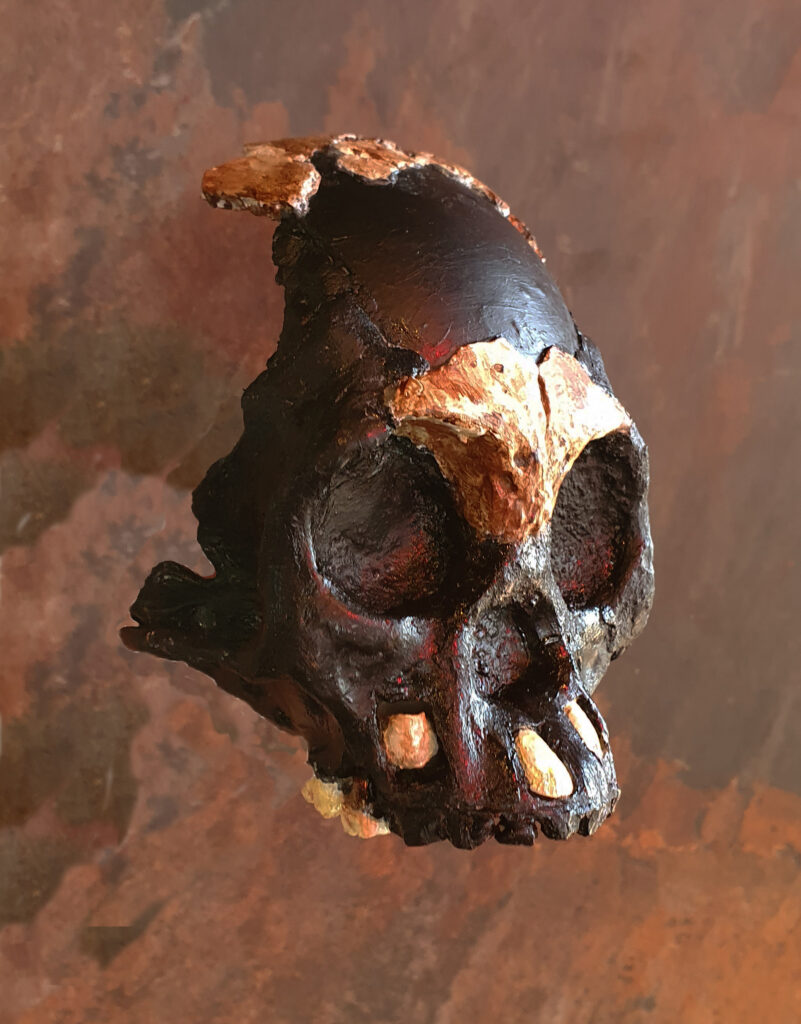

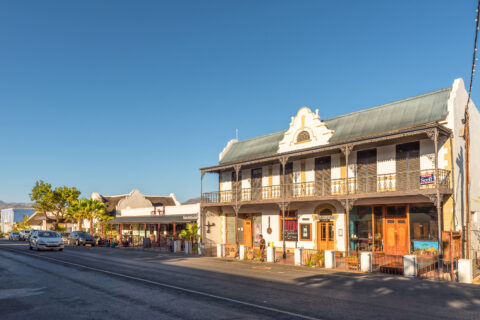

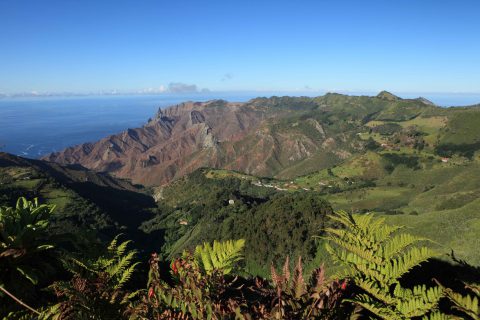
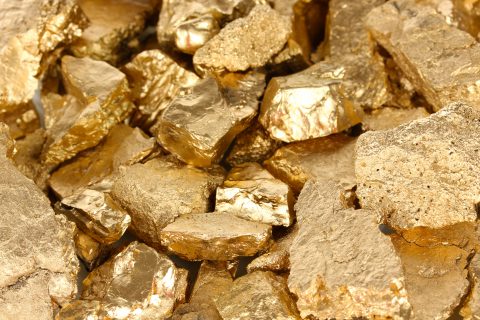
 Sign-up and receive the Business Media MAGS newsletter OR SA Mining newsletter straight to your inbox.
Sign-up and receive the Business Media MAGS newsletter OR SA Mining newsletter straight to your inbox.